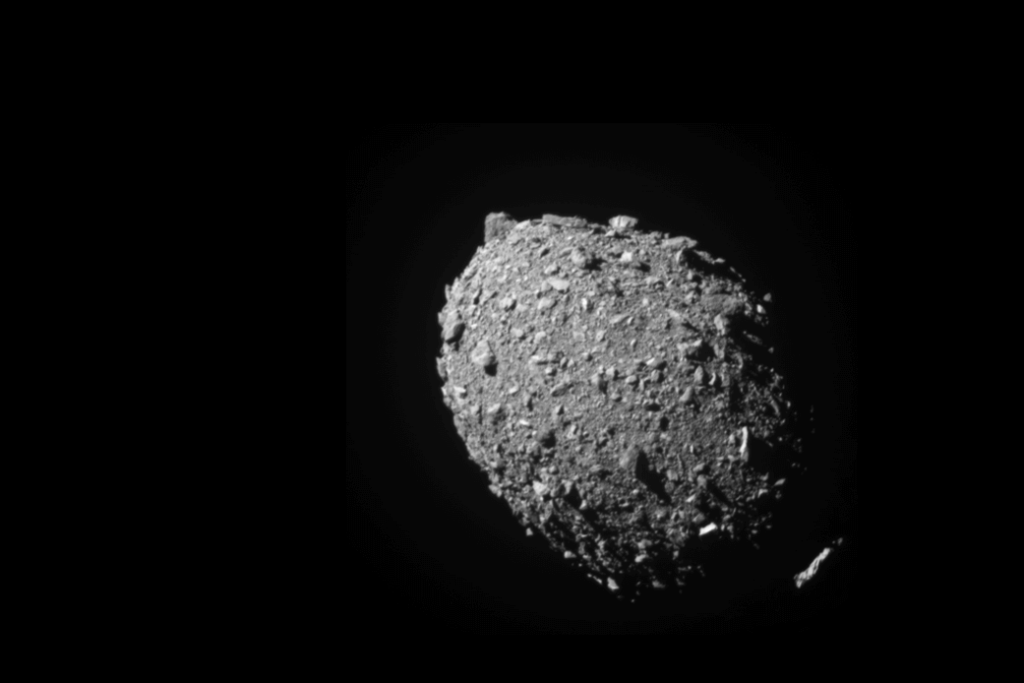NASA’s Double Asteroid Redirection Test (DART) mission has successfully impacted an asteroid for the first time. The mission is part of a history-making attempt between the Johns Hopkins University Applied Physics Laboratory and NASA to alter the course of an asteroid in space.
The DART spacecraft targeted the moonlet asteroid Dimorphos, a body of 160 meters in diameter, orbiting a larger, 780-meter asteroid called Didymos.
The collision with Dimorphos completely destroyed DART’s spacecraft and produced an impact that is equivalent to around three tons of TNT. Prior to the impact, the spacecraft, weighing 500 kilograms, was flying at an approximate speed of 22,530 kilometers per hour.
While the asteroid posed no threat to Earth, the impact confirmed that NASA can navigate a spacecraft to deliberately collide with and deflect an asteroid should a dangerous incoming rock be discovered in the future.
“At its core, DART represents an unprecedented success for planetary defense, but it is also a mission of unity with a real benefit for all humanity,” said NASA Administrator Bill Nelson.
Nelson added: “As NASA studies the cosmos and our home planet, we’re also working to protect that home, and this international collaboration turned science fiction into science fact, demonstrating one way to protect Earth.”
What is DART?
DART is a spacecraft designed to impact an asteroid.
This asteroid system is a test bed to see if intentionally colliding a spacecraft into an asteroid is an effective way to change its course, according to NASA.
The spacecraft was equipped with the Didymos Reconnaissance and Asteroid Camera for Optical navigation (DRACO) and Small-Body Maneuvering Autonomous Real-Time Navigation (SMART Nav) algorithms, which helped it to spot both asteroids, including Dimorphos and Didymos.
